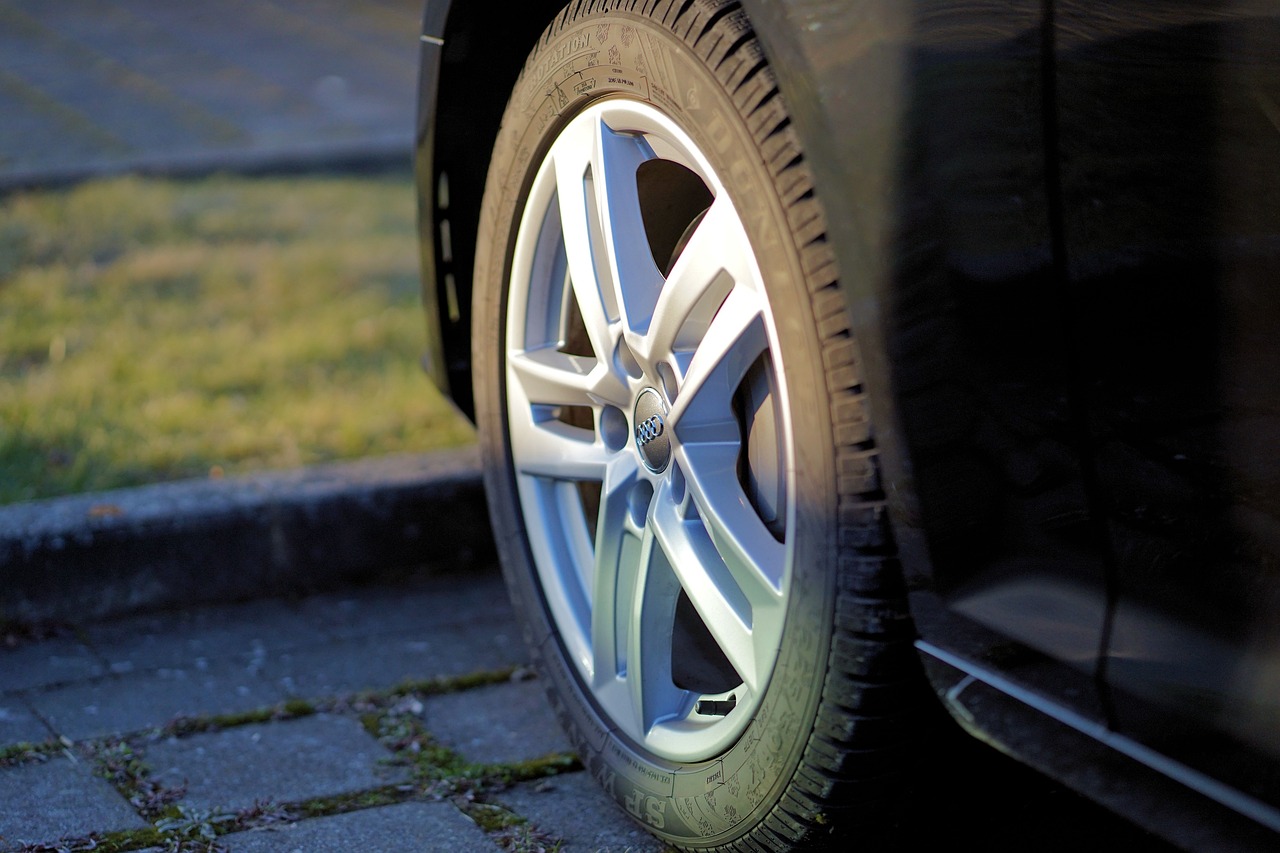Racing tyres come with a smooth tread but passenger tyres have grooves, sipes, and blocks. Racing tyres maintain proper grip and traction at high speeds on a racing track. However, these tyres may struggle on a wet surface due to their even trade part. On the other hand, normal tyres do not slip even on wet roads because of their grooved tread pattern.
The tread is an important part of car tyres. As mentioned above, it provides better grip and traction on dry as well as wet roads. Unfortunately, Tyres Reading lose their tread due to several reasons.
Tyres are made up of rubber material. Rubber is sensitive to heat, friction, and speed of your vehicle. Moreover, aging is also a common factor in promoting tyre wear.
Additionally, tyres lose the tread part unevenly because of wrong air pressure. Usually, high air pressure promotes tread wear in the middle area and low air pressure is responsible for tread wear on both sides.
Furthermore, car tyres lose tread depth due to wheel alignment issues. This condition takes place when you do not check your tyres for wheel alignment regularly.
Legal tread depth limit
Tyres are not safe on roads after reaching a certain limit. This limit is set by the Government of the UK. According to legal guidelines, your tyres should run on roads with at least 1.6mm tread depth. If they touch the limit or reach below the limit, you must change your tyres as soon as possible.
You must check the tread depth regularly to avoid legal action.
Measuring tread depth
A simple way to check the tread depth is using a tread depth gauge. This device is useful for taking precise measurements.
If you want a rough idea, a coin may achieve your goals as well. Take a penny coin and place this coin in the groove of the tyre. If you can see coins head, you must change your tyres since they are balding.
As another simple idea, you can observe the tread wear bars. The modern tyre comes with tread wear bars. These small blocks are visible in bald tyres but optimum tread depth covers them completely. So, you can observe them easily if your tyres are facing tread wear.
Change your tyres if they are below the tread depth limit.
Risks of bald tyres
Changing bald tyres saves you from legal action. Moreover, driving on bald tyres is full of danger.
Bald tyres are responsible for the following risks:
Bald tyres may slip:
Your bald tyres may lose grip and traction at any time. Tyres are helpless in the absence of proper tread depth. They do not make proper traction on both dry and wet roads to increase the risk of road accidents.
No protection against punctures:
The proper tread is like a protective wall against sharp objects. Your bald tyres cannot save their thin rubber from punctures in the absence of optimum tread depth.
Bald tyres may blow out:
Tyres with tread wear are more likely to blow out. They do not have optimum tread depth which is essential to hold the air pressure. A thin rubber wall cannot handle air pressure. Therefore, bald tyres may pop at any time.
Bald tyres may hydroplane:
Bald tyres cannot handle wet conditions. They are insufficient to scatter rainwater to prevent hydroplaning. Therefore, bald tyres usually slip on wet roads.
Bald tyres cannot handle slush:
Bald tyres
Bald tyres do not lose heat:
Tyres lose some heat when air flows throughout the tread pattern. Bald tyres do not lose heat because of insufficient tread depth. Therefore, bald tyres are prone to the bad effects of heat, such as blowouts.
As you see, bald tyres are dangerous on dry and wet roads. Therefore, replace them with new tyres and drive your car safely.
Preventive methods
We have talked about the reasons that promote tyre wear. Saving car tyres from tread wear forever is not a practical idea. However, you can take some steps to slow down the process of tread wear.
Tread wear will take place slowly if you slow down your vehicle, especially on uneven roads. Speed and uneven roads increase the negative effects of heat and friction.
Saving tyres from heat is a tough task. However, you may decrease the effects by parking your car in a sheltered place.
As mentioned above, air pressure and wheel alignment issues may invite tread wear in tyres. Therefore, check the air pressure in your tyres weekly. Moreover, visit a car service center to check wheel alignment as well.
Summary
The tread is an important part of your tyres. Tyres make proper grip and traction because of a suitable tread pattern. A tread pattern is effective on both wet and dry roads if it has proper tread depth.
Tread depth in car tyres goes down due to factors like speed, friction, heat, air pressure, and wheel alignment. Tyres are safe on roads if their tread depth is above 1.6 mm which is a legal tread depth in the UK.
Moreover, bald Tyres Burghfield are risky on roads due to several risky factors. You should change your tyres to avoid unfavorable conditions.
